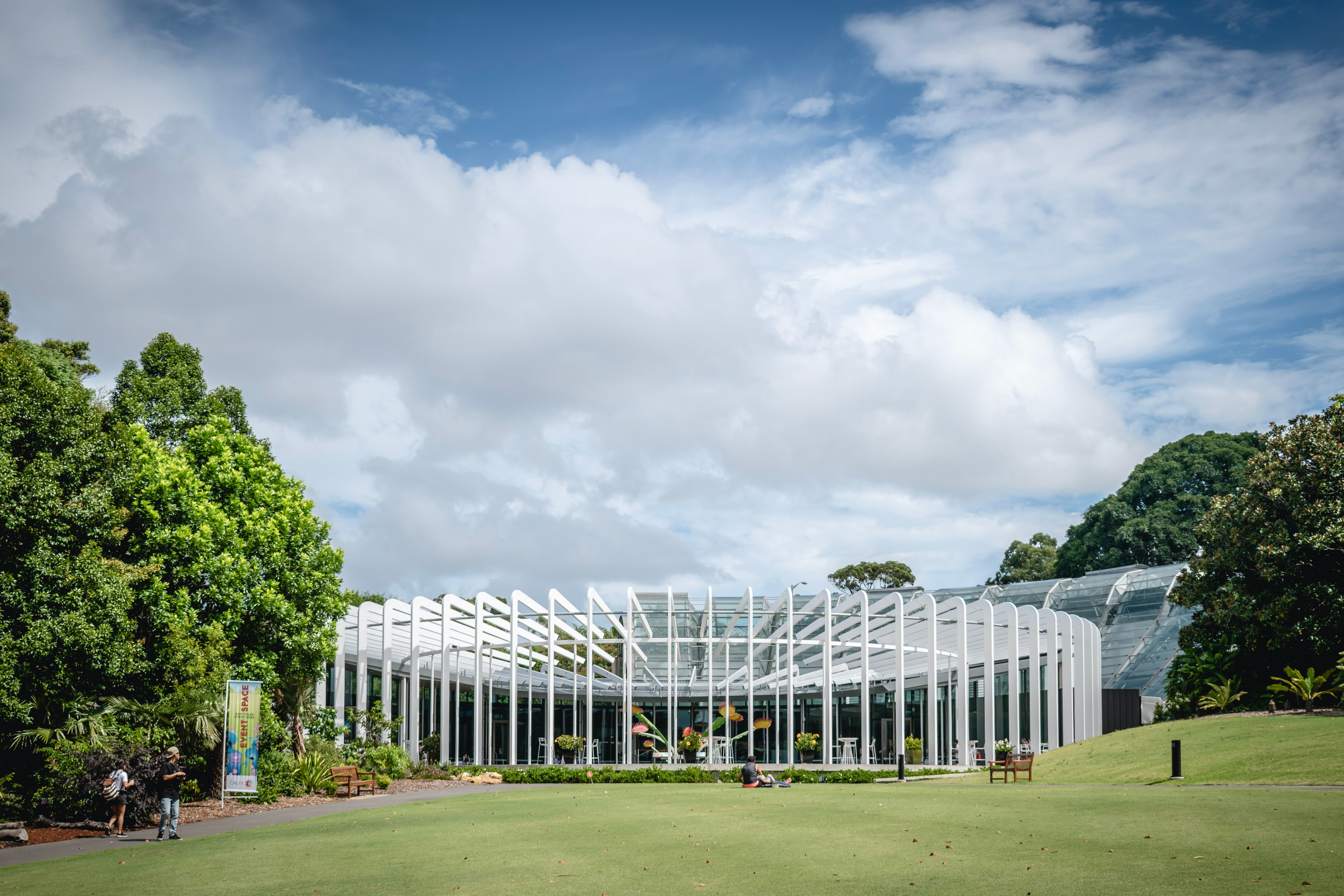
Case study
ArchManu
Transforming Australia's capability in Architecture, Engineering and Construction
Overview
In a bid to revolutionise the Australian architectural sector, leading architectural institutions and universities in the country have initiated the ARC Centre for Next-Gen Architectural Manufacturing (the Centre). The Centre is managed jointly by the University of NSW and Swinburne University and supported by the Australian Research Council. It aims to effect an industry-wide transformation to improve productivity and climate outcomes.
The Centre identified the need for strategic support to navigate the complexity of this ambition, clearly express its vision for systemic change, and foster effective collaboration among its partners. Snowmelt was engaged and partnered closely with the Centre to align their partners and collaborators and devise a clear path for successful delivery and growth. Snowmelt’s engagement was instrumental in shaping the Centre's innovation and research opportunities into a coherent, impactful narrative, setting the stage for the Centre's growth.
The challenge
The Architecture, Engineering, and Construction (AEC) sector contributes $134B to Australia’s economy each year, and plays a pivotal role in shaping a sustainable, resilient future: it grapples with significant consumption of natural resources, extensive waste production, and significant carbon emissions. The Centre contends that the incorporation of digital processes, workflows, and delivery tools will foster sustainable productivity and efficiency enhancements within the AEC sector.
Given the enormity of this challenge, the Centre was tasked with the formulation of an effective and comprehensive plan to make sense of and engage with the opportunities shared by different partners across industry and focusing research across workflows in synthesis, management, and analytics. The Centre had a tight timeframe to engage industry partners, identify the most significant opportunities of interest to all parties and ultimately recruit for 21 PhD positions to explore these in detail; setting the stage for a revolutionary program that will indelibly bolster the capabilities of the Australian AEC sector. This situation underscored the need for a transformative approach that could harmonise the diverse interests and ultimately realise the Centre's ambitious objectives.
"We developed a framework and undertook focus groups that led to the successful recruitment of 21 PhD students. It was a delight and a fantastic partnership."
What we did
Snowmelt partnered closely with the Centre, and identified the need for a single shared view of the architectural process as a critical enabler of conversation and consensus between stakeholders. In essence, we needed to make it possible for everyone to speak the same language to identify the most significant challenges across a complex system and workflow.
This collaborative framework was progressively established through interviews, sensemaking, and strategic conversations; each designed to gain insights into the perspectives and interests of academia, industry stakeholders, and the upcoming generation of practitioners.
Key activities
- Established a comprehensive program of work for the Centre's initiation.
- Organised over 60 partners and stakeholders from more than 15 organisations, aligning motivations and exploring intersecting interests through 17 focused group discussions.
- Synthesised academic and industry perspectives to generate research data and project insight, and articulating pivotal leverage points as well as unique research opportunities, all derived from over 800 insights.
- Identified 80 prospective PhD research positions, from which 21 were selected and successfully filled at the end of Snowmelt's engagement.
- Created a shared, interactive reference frame to orient stakeholders and guide the Centre's activities over the subsequent three years.
Outcomes
A clear articulation
Ongoing public engagement
"Snowmelt is the right firm to assist with complex problems."
Project Insights
- Living, dynamic artefacts are engaging communications devices, and save time when engaging a range of audiences over the long term.
- Involving large audiences in deep, strategic conversation is possible with careful conversation design and intentional facilitation. To be effective, manage competing motivations with empathic listening and translating perspectives.
- Systemic challenges show up in many places. Looking to other industries can help to accelerate learning and identify new-in-context approaches to recurring problems.
01
Living, dynamic artefacts are engaging
We created an interactive digital system map of the architectural process. The map includes each of the Centre’s stakeholders and makes it easy to see how they fit; and how different parts of the system interact with each other. New information can be added as the Centre’s work progresses, making it simple and easy for all stakeholders to stay abreast of progress and emerging opportunities.
02
Involving large audiences in deep, strategic conversation is possible
The Centre’s stakeholders have been thinking and working together for years, but the shift from in-principle support to active collaboration requires considered and engaging discussion. A continued focus on first-principles reasoning and focusing on where interests align across all (or most) stakeholders led to a clear and compelling reason to continue investing in and collaborating with the Centre for all parties.
03
Systemic challenges show up in many places
The practice of architecture is highly technical, with almost all staff, managers and leaders being fully qualified architects. Further, there is relatively low mobility between firms relative to other industries. This means many individuals have limited exposure to and experience with new and emerging ways of working and approaches to solve contemporary business challenges. In addition to this, architecture is a highly fragmented profession, meaning that only the largest firms have the scale and available resources to invest in learning, experimentation and automation. We observed several parallels between the challenges faced by architects and operators in other industries, and introduced these as jumping-off points for further exploration and research in context.
.jpg)





